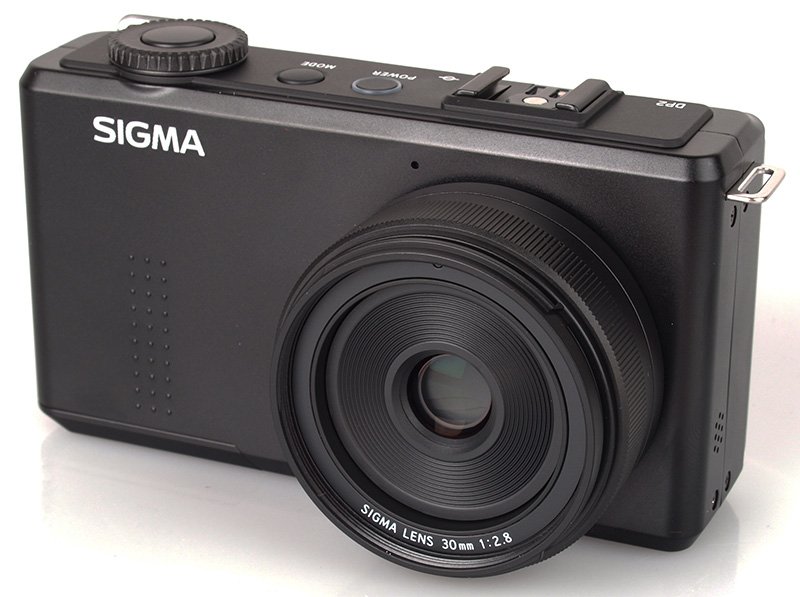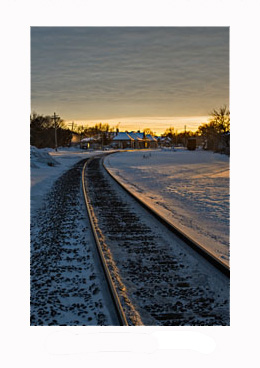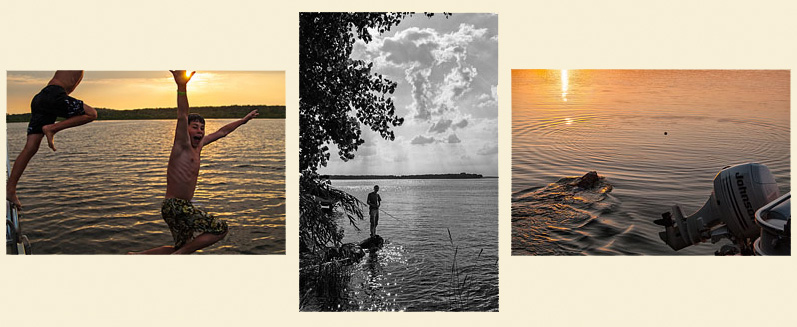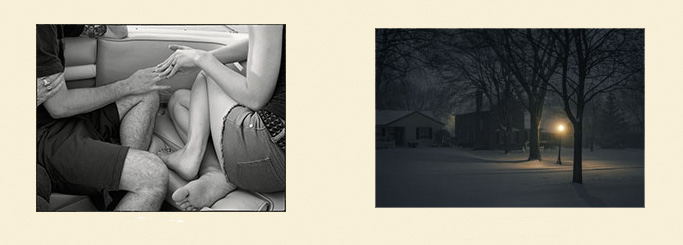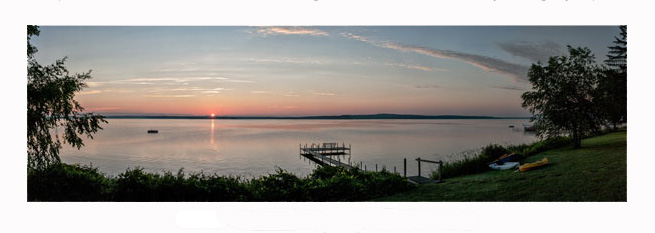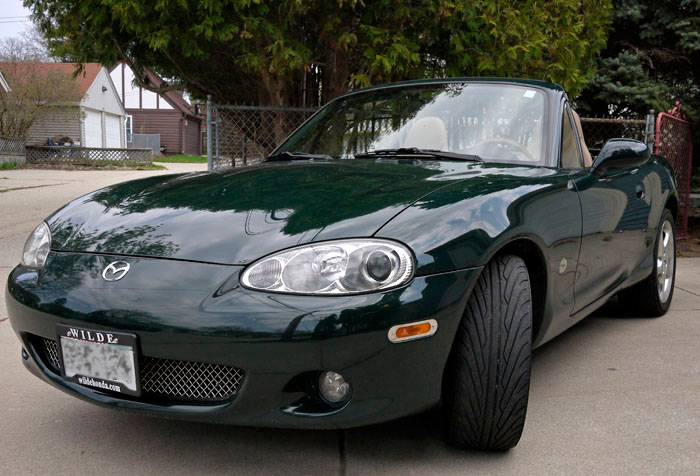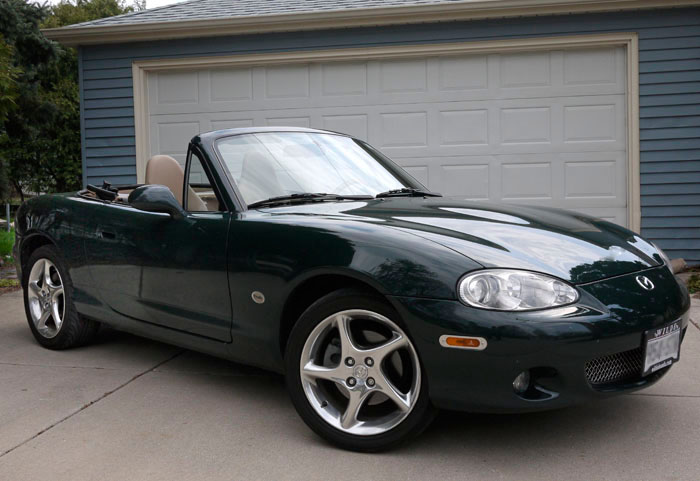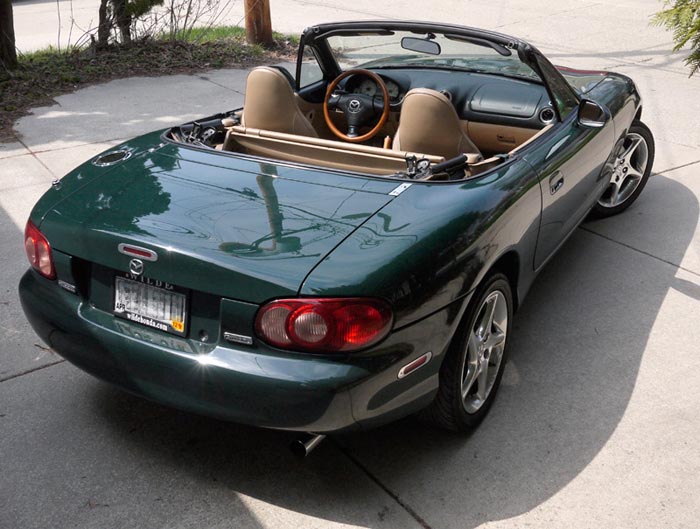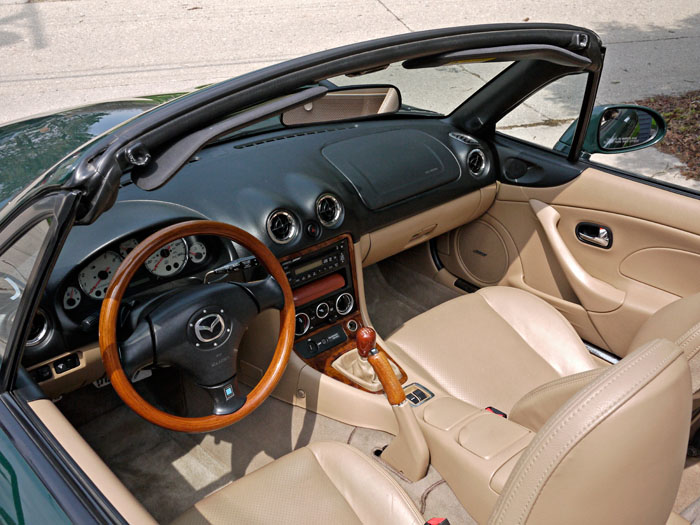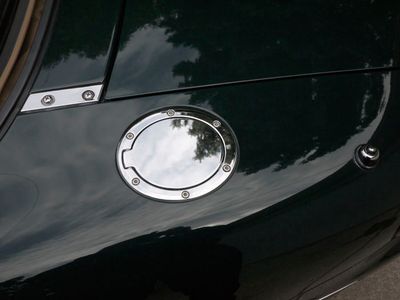...That was better than the big, fancy cameras?
Would it matter?
The Sigma DP2 Merrill and its longer focal-length brother the DP3 Merrill (which has a 50mm/75mm-e ƒ/2.8 lens as opposed to the DP2M's 30mm/45mm-e ƒ/2.8), have just gone on closeout at B&H Photo, no doubt to prepare the ground for the arrival of the next-generation Quattros, which will likely be in the $1,200 range. The DP2M is now $699 and the DP3M is $650.
Sigma DP2 Merrill. Picture from ephotozine's review
The DP2M fascinates me. One arrived here the other night from eBay. It is a complete kit; the camera in LNIB condition, complete with Domke bag, a strap still on the camera, and five extra batteries. Obviously the seller had outfitted himself carefully and hopefully, and then...well, bailed, big-time*.
I've been learning a lot about the Sigma DP2M. The image quality is just stellar. I haven't pitted it directly against the Big Dragoon yet (that's the D800, if you're not a follower), but from rummaging around online it sure seems to kick butt hard.
The camera itself, on the other hand...well, Sigma's Foveon point-and-shoots have gone from miserable to serviceable, which is a big jump. So kudos to Sigma. Although "serviceable" is not much to write home about in this day and age. The Dp2M is basic, slow, and a bit awkward to use due to the lack of an outdoor viewfinder. (Indoors the non-articulated viewing screen is good enough.) You have to use Sigma's software, which I'm just barely beginning to explore, but my regular workflow is broken right there. (Or at least gains an extra step.) And of course if you want a selection of focal lengths you have to buy whole other cameras! Shades of the Rolleiflex, Rolleiwide, and Tele-Rollei.
No samples yet, although I should have been carrying it with me—I missed a couple of fine opportunities in the past couple of days.
Without making arguable assumptions, let me propose this thought experiment. On the one hand, imagine the most capable, most ergonomic camera body there is—fast, capable, full-featured, easy to use—with image quality that scores an 8 out of 10. Then imagine a small, crude, not-so-fast, not-so-ergonomic camera that's a bit of a pain to use—but the image quality is an 11 out of 10. (Hey, I said this was a thought experiment.)
Which one would you choose?
I'm not saying that's exactly the situation with the Sigma Foveon cameras, but...it kinda is.
(By the way, the outgoing Sigma Merrills have lenses with nearly perfect bokeh. From now on, when people ask me how I think bokeh ought to look, I'm going to point 'em to those. Of course, bokeh is purely a matter of taste.)
Mike
(Thanks to David Smigelskis)
*It's also possible he's dumping his older Sigma in anticipation of the coming Quattro model.
Original contents copyright 2014 by Michael C. Johnston and/or the bylined author. All Rights Reserved. Links in this post may be to our affiliates; sales through affiliate links may benefit this site.
(To see all the comments, click on the "Comments" link below.)
Featured Comments from:
Andreas Weber: "A few thoughts...I have compared the DP3M against a D800 with Apo-Lanthar ƒ/3.5 90 mm. You need somewhere around 24 million of the D800's pixels to match the resolution of the Merrill's 15 million (So in resolution per image width the Nikon still wins—by brute force). When deciding between image quality and camera appeal I chose the DP3M (still at the regular price at that time...).
"And there's one image quality flaw that occasionally crops up in Merrill pictures which I haven't seen mentioned elsewhere but which is visible in other peoples pictures on the web as well as mine. It's a kind of streaking parallel to the short side of the frame, typically found in areas of medium bright to bright bokeh (not to be confused with streaking noise in shadows)."
Mike replies: I haven't run across any mention of that sort of anomaly—could it be sample-specific to your camera? Maybe Roger Cicala would test it for you.
However I have seen several instances of people claiming that you need a conventional full-frame 24-MP Bayer sensor to match the APS-C Foveon Merrill sensor. It would be interesting to compare the DP2M to my Sony A900. Comma, when the weather gets warmer.
UPDATE: Andreas, I found this in the release notes for Sigma Photo Pro v.5.5.1: "Corrects the phenomenon that streaky noise is occasionally seen in a part of the image." Could you be using an earlier version of the Photo Pro software?
Eli Burakian: "I think the question is kind of hard to answer without context. Landscape photographs within walking distance of the car, well, 11 out of 10 for sure. But for general purpose snapshots or long hikes, smaller is better. I did rent the DP2M for a week. Loved the quality but hated the workflow. I don't understand why Adobe and Sigma don't make these raw files compatible. It's definitely hurting their bottom line."
Mike replies: Well, hurting Sigma's bottom line, not Adobe's.
Janne (partial comment): "I really hate to say this, but I just realized my only real no-can-do is having to use a specific piece of software. That seems so remote from the whole process of taking and enjoying pictures; and yet, it stops me right in my tracks. That tells me that I'm just a single update or 'no longer supported' from having my camera effectively disabled."
Ken Ford: "The more ergonomic one, with no hesitation."
MHMG: "I will be interested in your opinion of the color and tone quality. Many images and prints from Foveon sensor technology that I've seen at trade shows where the prints ought to be top notch seemed rather odd in color fidelity. Sharp yes, but color and tone kind of weird. Maybe in the hands of someone with expert image editing skills it might not be a problem, but 'out of the box' color just seems a bit off from the Foveon sensor despite the fact that sharpness and a lack of digital artifacts is superb. Inquiring minds want to know!"
Mike replies: Unfortunately I'm not going to be doing a lot of tests of its color capability. I bought it to try it for B&W. But if Ctein is interested in doing it, I'll send the camera to him to test. He's got a lot on his plate these days, though. But thanks for the suggestion and I'll see what we can do.
Keith I: "The DP1M is now also $699 at B&H for those who want the wider 19mm/28mm-e) lens."
Tim Parkin: "On Landscape compared the colour rendition between Canon, Nikon, Sigma (and a Panasonic LX5 and an iPhone) in an old issue. I've made the issue free to access if anybody is interested. The Sigma showed some quite odd colour, quite different from the other cameras."
Mike replies: Thanks Tim.
Rob: "Not sure if you've seen it, but this review of the DP1M and DP2M via The Camera Store TV was eye-opening for me."
Mike replies: I hadn't seen it—thanks, Rob. A nicely-done video—those guys are relaxed and articulate and they keep it moving along. Wish I could do that.
Kenneth Tanaka (partial comment): "Your proposition sounds rather like a choice between modern and a large-format cameras, eh? After using the Sigma DPx Merrill cameras for some time I've concluded that their packaging should feature the following warning: 'For best results handle as you would a large-format camera!' These cameras really do their best when they're bolted-down and looking at good light."
Dean: "I'm actually a big fan of the DP Merrills and the forced slow-down-and-think approach they require—definitely gets one away from spraying and praying. And of course the IQ is ridiculous when the camera is used within its limits. Definitely check out using only the blue channel in SPP for B&W, it allows usable ISO 1600 or even 3200 B&W shots."
